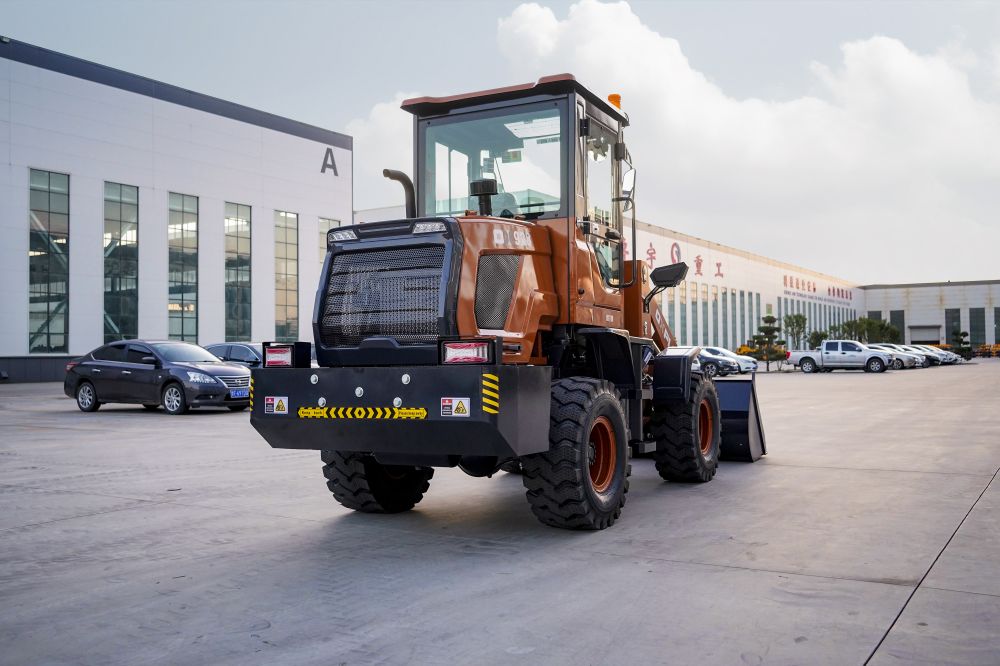How should wheel loaders cope with wading conditions
2024-02-27
OXPLO wheel loaders are manufactured under the OXPLO brand to meet a wide range of job requirements. They can be used for handling, loading and unloading various materials such as soil, sand, building materials and fertilizers. In addition, they can be used for tasks such as leveling the ground, removing snow and clearing debris. Wheel loaders have fast operating speed and high load capacity, which can quickly complete the work task. Their mobility and flexibility make it easy to move quickly between work sites, saving time and labor costs.
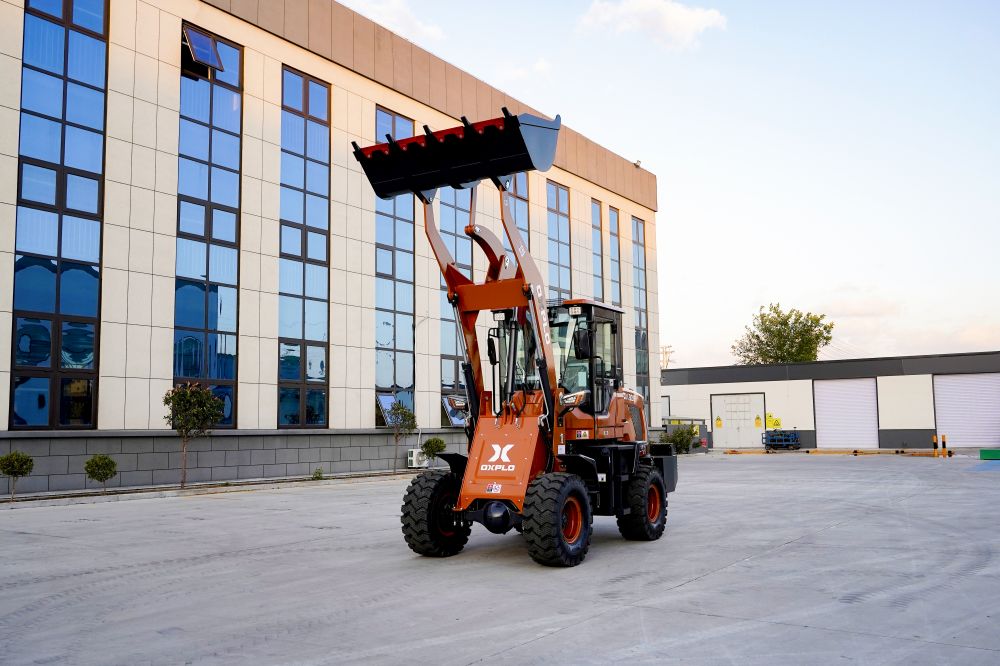
When we drive the wheel loader to operate, sometimes need to wade or because of some objective factors into the shallow water, when the wheel loader wade, water may penetrate the electrical system, resulting in electrical failure. This can include short circuits, damaged wires, faulty electronic components, etc. An electrical fault may cause the loader to fail to start or fail in some functions.
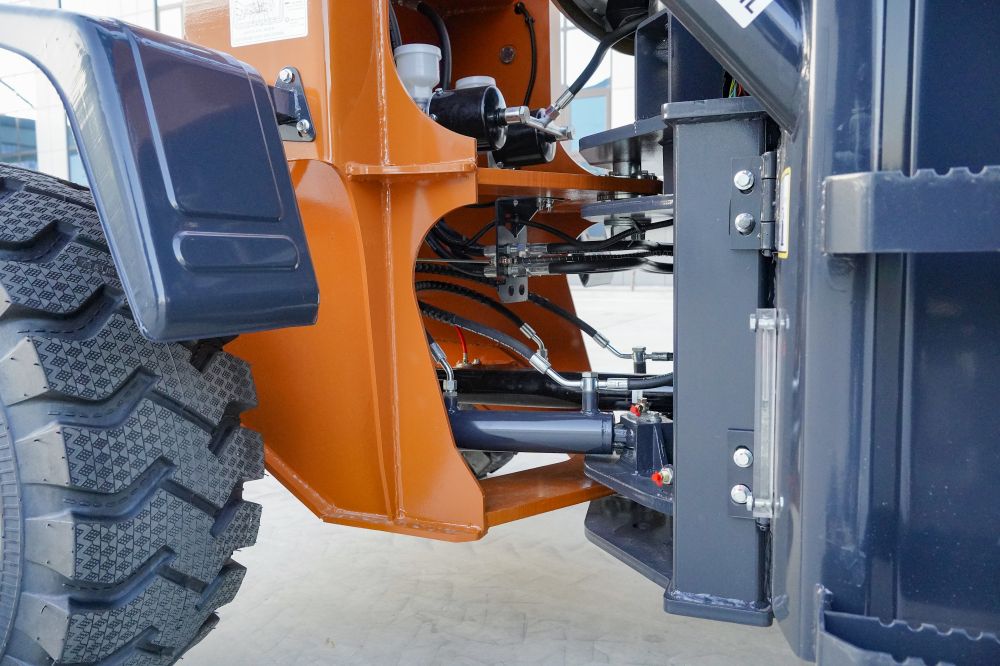
If water floods the engine intake or enters the cylinder, it can cause engine damage. Water is not compatible with the mechanical components inside the engine and can lead to engine failure or mechanical damage inside the cylinders. Wading can also lead to contamination of lubricants and hydraulic fluids with water. The mixing of water can disrupt the normal operation of the lubrication and hydraulic system, which can lead to increased friction, part wear and hydraulic system failure. It may also cause the brake system to receive water interference, resulting in brake failure or weakening. Water entering the brake may reduce braking force or cause the brake device to rust and corrode. Chemicals and humidity in the water can cause corrosion and corrosive damage to loader components. This can affect the strength and durability of metal components, leading to mechanical failure. If the water temperature in the wading area is too high, the loader's cooling system may not be effective in reducing the engine temperature. This can cause the engine to overheat and even cause serious damage. When wading, obstacles in the water such as large rocks, deep pits, or other objects can cause mechanical damage to the loader, such as a damaged chassis, broken suspension, or a burst tire.
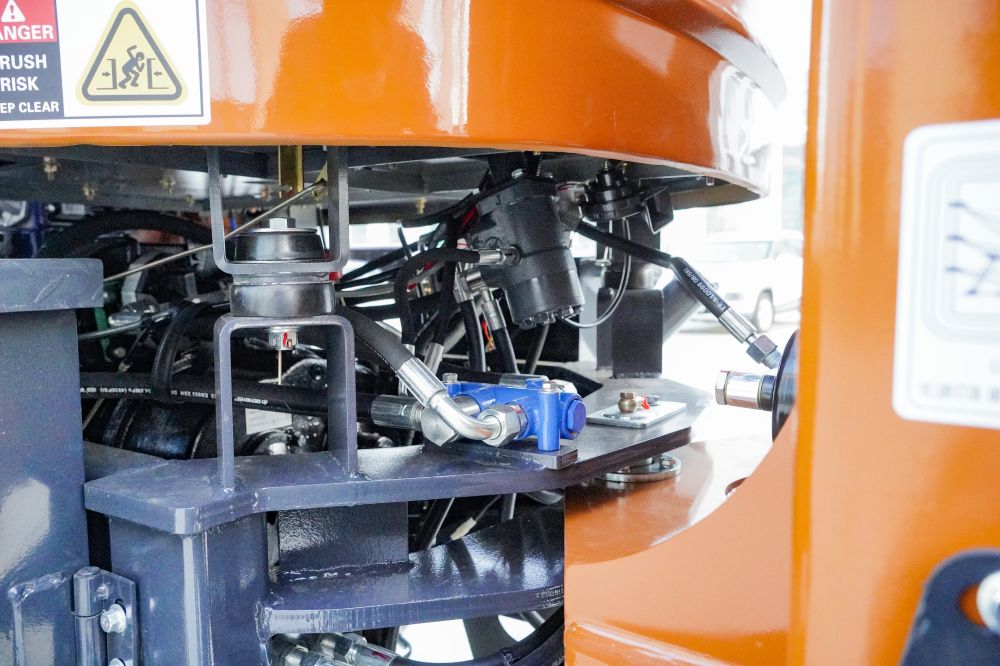
So when the loader needs to wade, what aspects should we pay attention to?
1. Depth limit: Determine the wading depth limit of the loader. Each specific type of loader has its designed maximum wading depth. Make sure not to exceed this depth to avoid damage to the loader.
2. Water quality and potential obstacles: Understand the water quality of the wading area. Avoid wading into areas with toxic pollutants or other hazardous substances. Also, note the presence of potential obstacles in the water, such as large rocks, deep pits, or other obstructions. These obstructions can damage the loader or cause jamming.
3. Drive at a low speed: When wading, drive at a low speed. Reducing the speed reduces the impact of the water, reduces the pressure on the loader, and provides better handling.
4. Waterproof protection measures: Ensure that the key parts of the loader have appropriate waterproof protection. This may include sealed electrical systems, waterproof connectors and shields. These measures prevent water from entering critical sites and reduce the risk of damage.
5. Water temperature control: Pay attention to the water temperature of the wading pipe. If the water temperature is too high, it may indicate a problem with the cooling system. After wading, stop and wait for the loader to cool to avoid damage caused by overheating.
6. Maintenance after wading: After wading, proper maintenance is very important. Wash and dry the loader to remove moisture and mud and prevent corrosion and damage. Check critical parts such as the engine, transmission and hydraulic systems to ensure they have not received water damage.
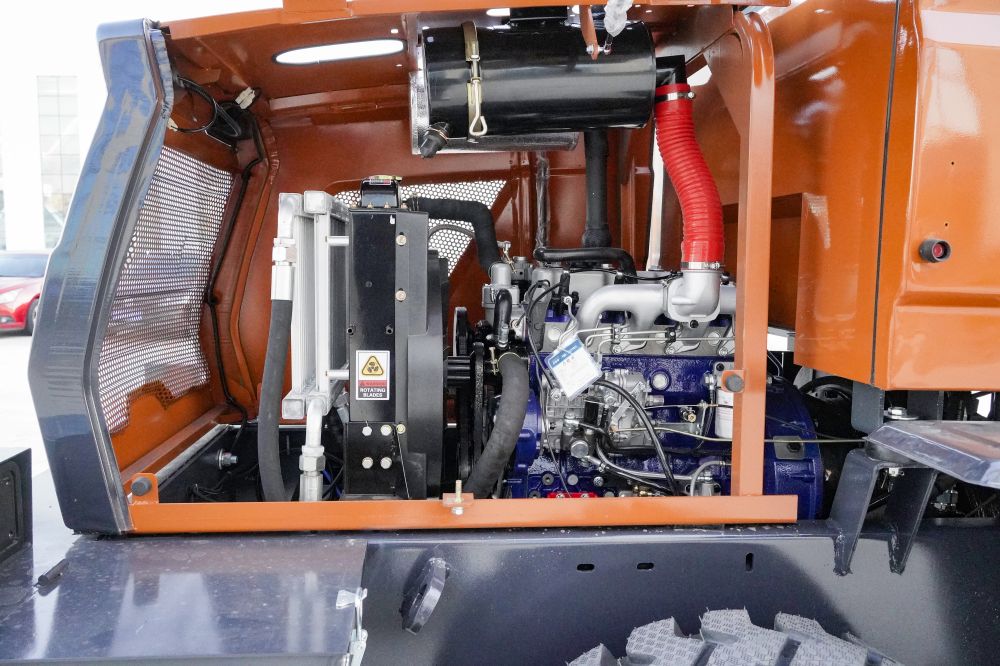
Here are some steps that can be taken when our wheel loader finds a fault after wading in water.
1. Stop using: Stop using the loader immediately to avoid further damage or danger.
2. Remove the loader from the water: If the loader is still in the water, it should be removed from the water as soon as possible to minimize further damage. Be careful when moving the loader to avoid further damage or worsening the problem.
3. Assess the extent of damage: Carefully assess the extent of damage to the loader and the affected parts. Inspect electrical systems, engines, hydraulic systems, braking systems, and other critical components for visible damage or failure.
4. Seek professional help: If you do not have enough experience or technical knowledge to solve the fault, it is recommended to seek the help of an experienced repair technician or loader dealer. They can provide you with professional diagnosis and repair advice and carry out the necessary repair work.
5. Prevent further damage: Before the maintenance personnel arrive, you would mind taking some temporary measures to prevent further damage. For example, disconnect the battery to prevent short circuits in the electrical system, remove contaminated lubricants and hydraulic oils, and ensure that the loader stays dry.
6. Record details: After the fault occurs, record the wading situation, the symptoms of the fault, and any other relevant details. This will help repair technicians better understand the cause of the problem and provide a more accurate fix.

The above is about the problems that wheel loaders should pay attention to when wading and the solutions to the problems after wading, I hope to give you some help, if you have other questions, you can also consult our professional sales team.
